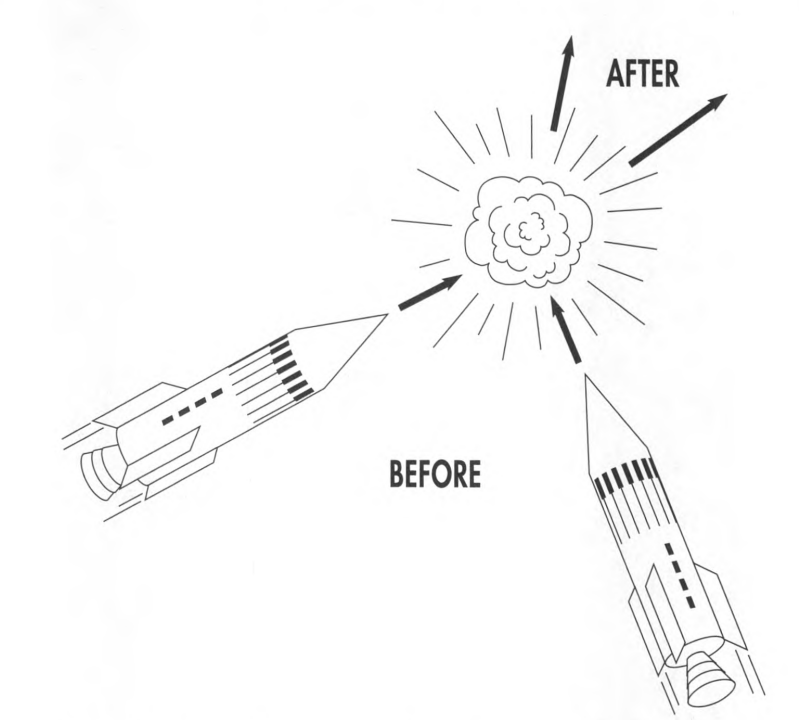9.2: Galileo, Newton, and Einstein
- Page ID
- 57750
Only historical judgment liberates the spirit from the pressure of the past; it maintains its neutrality and seeks only to furnish light.
-Benedetto Croce
Galileo and Newton viewed motion as properly described with respect to a rigid Euclidean reference frame that extends through all space and endures for all time. This supposed reference frame stands high above the battles of matter and energy. Within this ideal space of Galileo and Newton there acts a mysterious force of gravity, an interloper from the world of physics, a foreign influence not described by geometry.

Newton: One global frame. Einstein: Many local frames.
In contrast, Einstein says that there exists no mysterious "force of gravity," only the structure of spacetime itself. Climb into an unpowered spaceship, he says, and see for yourself that there is no gravity there. Physics is locally gravity-free (Chapter 2). Every free particle moves in a straight line at uniform speed. In a free-float (inertial) frame, physics looks simple. But such a frame rates as free-float in only a limited region of spacetime (Section 2.3) - a fact emphasized here by repeated use of the word "local" in describing a free-float frame.
Complications arise in describing the relation between (1) the direction of motion of a particle in one local frame and (2) the direction of motion of the same particle as observed from a nearby local frame. Any difference between the two directions is described in terms of the "curvature of spacetime," Einstein tells us. The existence of this curvature destroys the possibility of describing motion with respect to a single ideal Euclidean reference frame that pervades all space. What is simple is the geometry in a region small enough to look flat.
How did the views of Galileo, Newton, and Einstein develop? And what is the concrete substance of the strange phrase "curvature of spacetime"?


